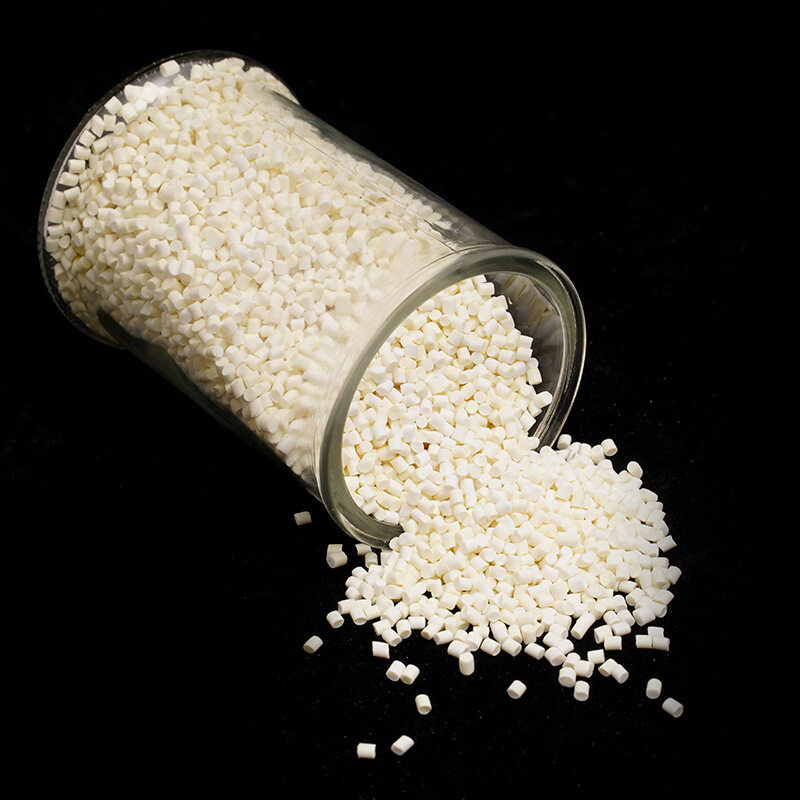Ошибка формата электронной почты
emailCannotEmpty
emailDoesExist
pwdLetterLimtTip
inconsistentPwd
pwdLetterLimtTip
inconsistentPwd

Offer Technical Support and Customized Solutions
The company is committed to creating new and improved plastic materials to meet the evolving demands of the market.

The Environmental Impact of TPE Materials and Their Future Trends
Introduction
In an age of growing concern for sustainability and environmental consciousness, the need to scrutinise the environmental footprint of materials used across industries is paramount. Thermoplastic elastomers (TPEs) have garnered significant attention due to their flexibility, durability, and versatility. However, questions surrounding their environmental impact persist. In this blog post, we will delve into several key environmental considerations associated with TPE materials.
The Presence of Harmful Substances
One of the primary concerns surrounding TPE materials is whether they contain harmful substances such as halogens or heavy metals. It's worth noting that TPEs are generally considered safer than certain traditional plastics, as they do not incorporate chlorine-based compounds like PVC. Nevertheless, the presence of harmful additives in TPE formulations can vary. Manufacturers often tailor TPE formulations to meet specific performance requirements while striving to minimise the use of detrimental substances.
Emissions and Wastewater
During the production and processing of TPE materials, emissions of volatile organic compounds (VOCs) and the release of wastewater are potential environmental concerns. To mitigate these impacts, manufacturers typically implement pollution control measures and wastewater treatment systems. There are stringent regulations and industry standards in place to limit emissions and the discharge of harmful substances, thereby contributing to the reduction of the environmental footprint associated with TPE production.
End-of-Life Management
Addressing the disposal of TPE products at the end of their life cycle is another crucial aspect when evaluating their environmental impact. Unlike some biodegradable materials, TPEs are not naturally biodegradable. However, they are recyclable, offering a significant avenue to reduce their environmental footprint. Therefore, the proper management of waste and recycling programmes plays a pivotal role in ensuring that TPEs have a minimal impact on the environment when they reach the end of their service life.
Food Contact and Medical Devices
TPEs find application in various sectors, including food contact materials and medical devices. When it comes to food contact, TPEs are chosen for their safety and compliance with food-contact regulations. In the medical field, TPEs must meet stringent standards to ensure patient safety. Environmental considerations in these applications include adherence to regulations aimed at preventing contamination and safeguarding patient health.
Comparison with Renewable and Biodegradable Materials
Comparing TPEs to renewable and biodegradable materials is vital for assessing their environmental impact comprehensively. While TPEs are not biodegradable, they do possess advantages such as durability and recyclability. Biodegradable materials may break down more rapidly but might lack the durability and longevity of TPEs, potentially leading to more frequent replacements and increased resource consumption.
Ecological Footprint vs. Traditional Plastics
Generally, TPEs exhibit a lower ecological footprint compared to traditional plastics. Their flexibility, which reduces breakage and waste during manufacturing and usage, coupled with their recyclability, contributes to their reduced environmental impact. However, it's essential to acknowledge that the specific ecological footprint can vary based on factors like the type of TPE, the production process, and patterns of use.
Government Regulations and Industry Standards
Both governments and industries have recognised the critical importance of addressing the environmental impact of materials, including TPEs. Various regulations and standards are in place to ensure responsible TPE production and usage. These standards aim to minimise emissions, control the use of additives, and promote recycling and responsible waste management.
Recyclability and Reprocessing
TPEs are recyclable, enhancing their environmental friendliness compared to some non-recyclable plastics. Recycling TPEs helps reduce the demand for virgin materials and conserves resources. Additionally, TPEs lend themselves to reprocessing, allowing them to be employed in various applications, thereby further extending their lifecycle.
Future Trends in TPEs
As environmental awareness continues to mount, the TPE industry is poised for transformation. The future is likely to witness an intensified focus on sustainable practices within the TPE industry. This could encompass the development of TPE formulations with even lower environmental impact, advancements in recycling technologies, and an expanded array of applications in eco-friendly products.

